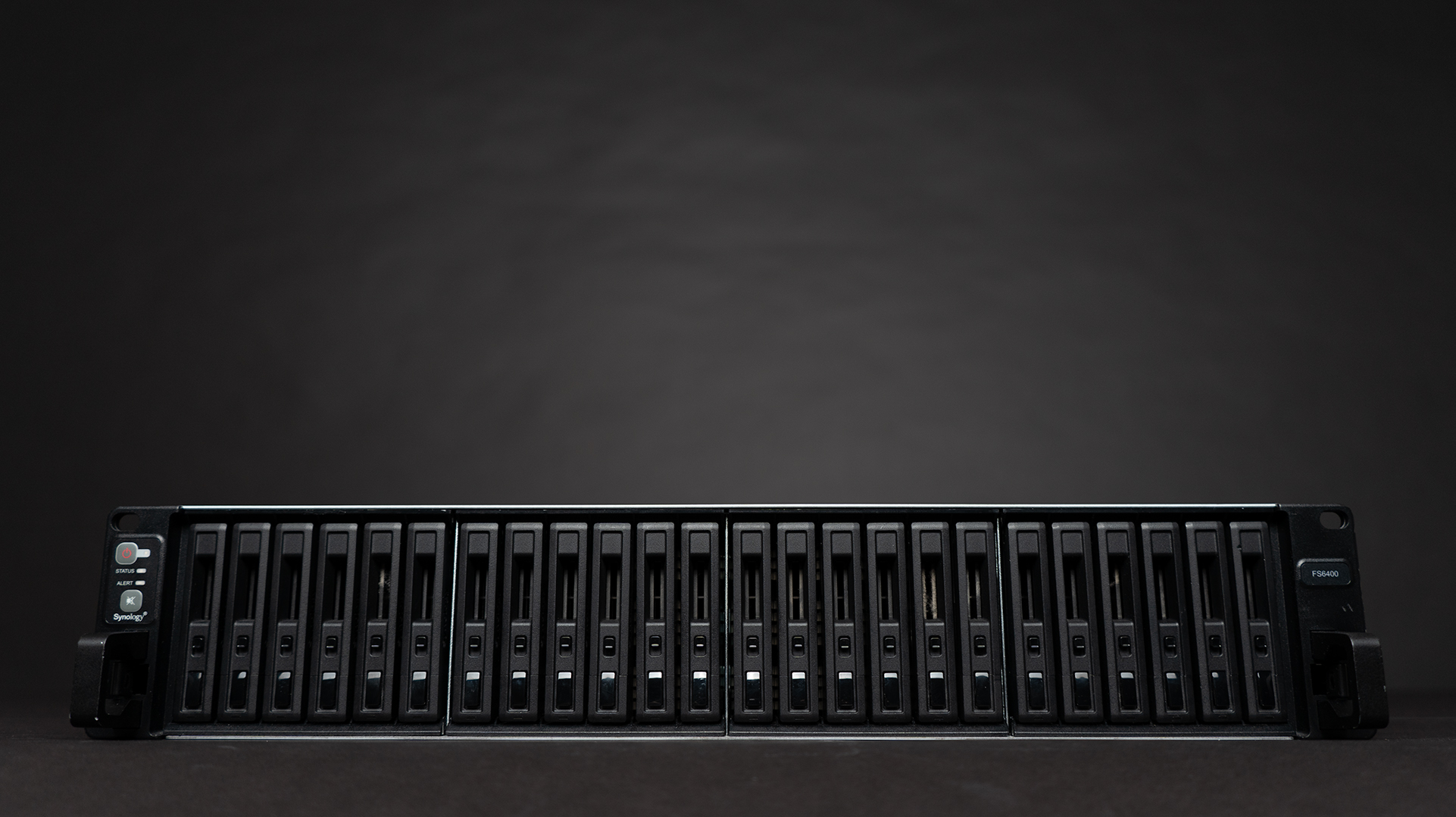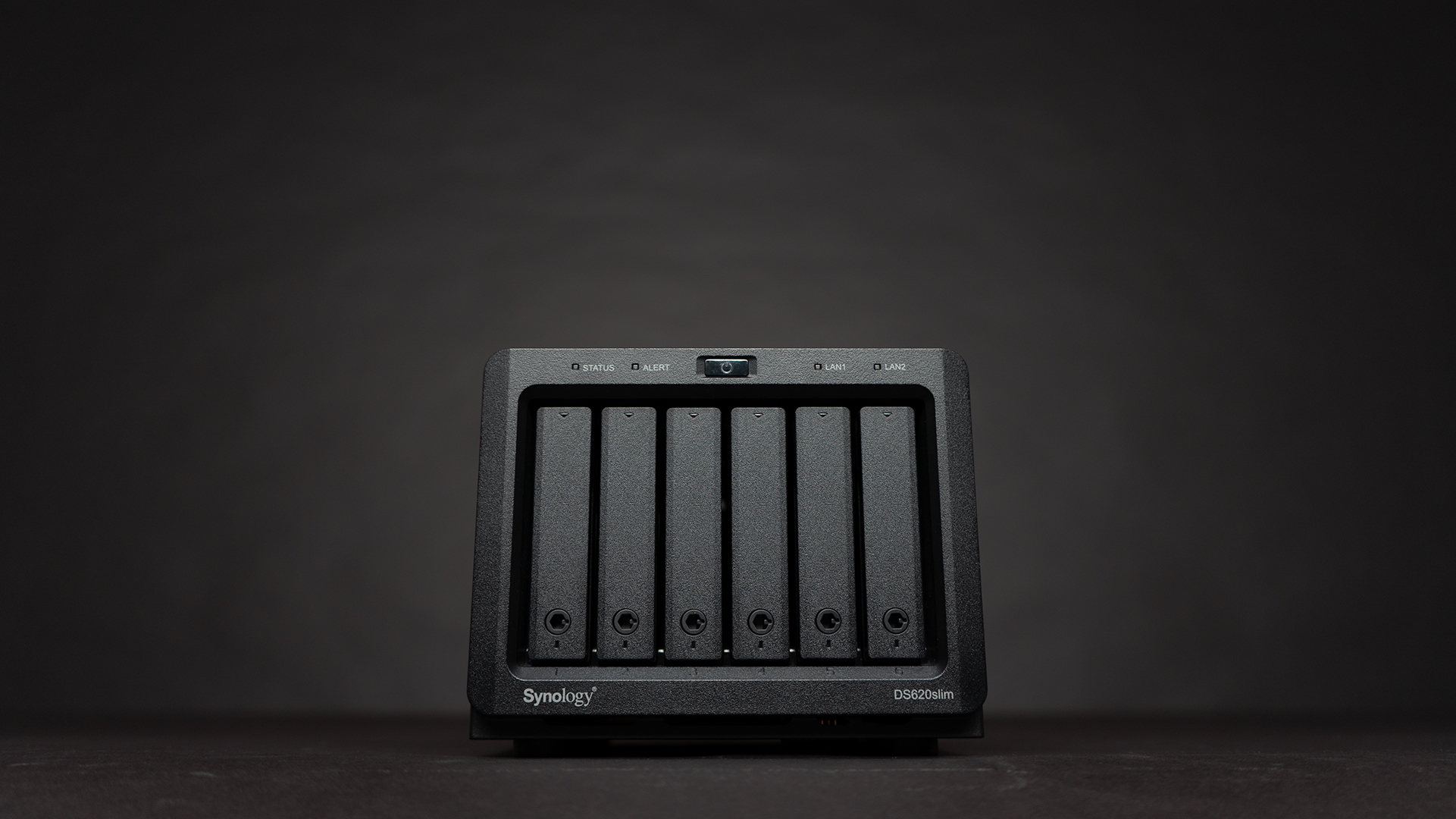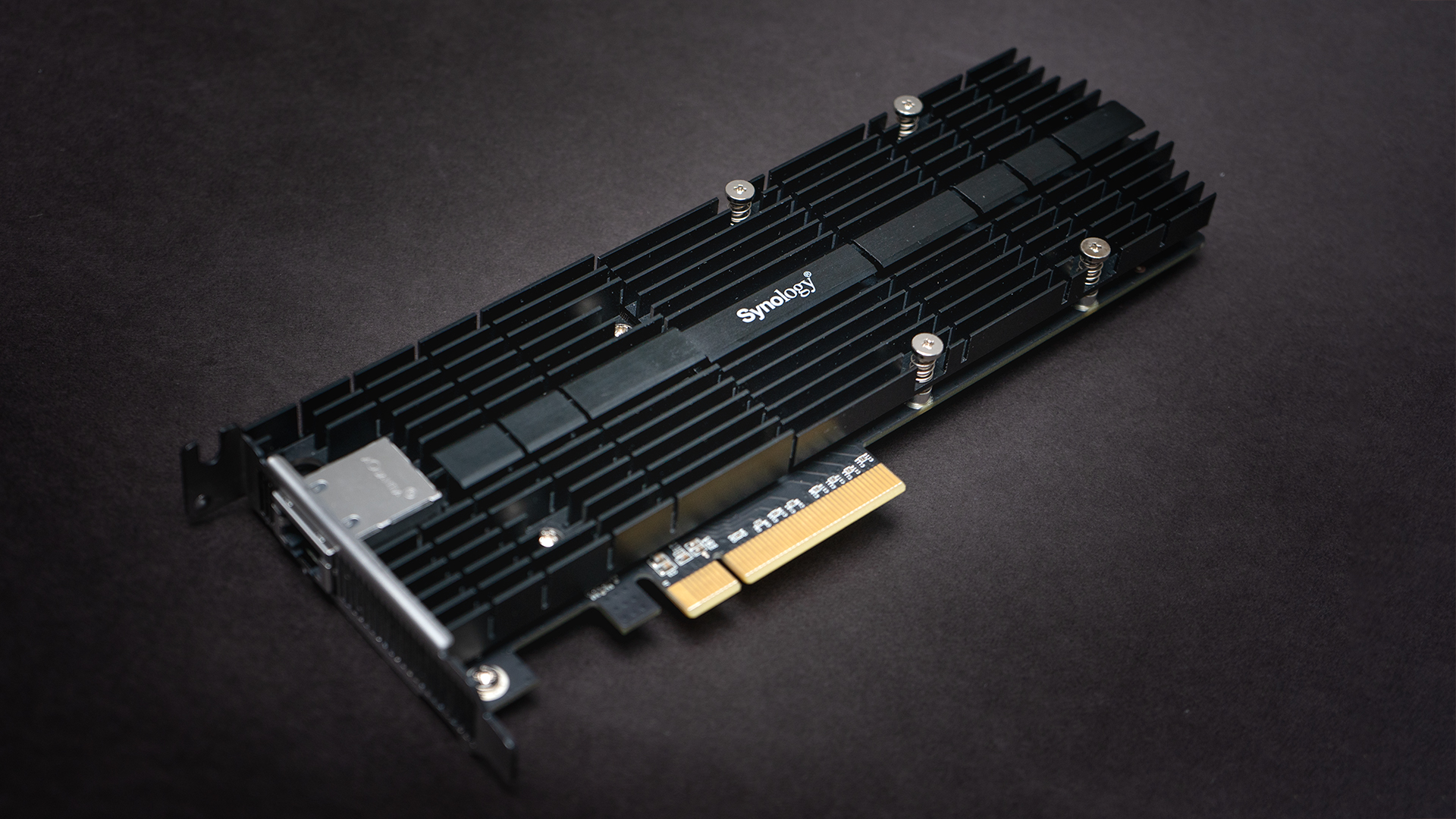One of our most important goals in 2019 was “reliability.” To get there, we changed many of our internal development policies and methods. Let’s take a brief look back at what we did, and a sneak peek at what’s coming in 2020.
DSM
We made eight releases1 in 2019, a significantly lower amount than in previous years. It isn’t a sign that we’re slowing down development but instead reflects our new focus on reliability. We adopted a slower update cadence to allow more time for additional rounds of internal testing.
Stages a typical DSM update goes through:
- Automated In-Development Testing
Multiple sets of automated tests happen during development to ensure each functionality works as expected.
Fun fact: Our Quality Control lab at Synology headquarters currently houses over 1500 devices just for testing purposes.
- Comprehensive Testing
More thorough testing continues if all automated tests pass with flying colors. Both automated and manual testing will be conducted to ensure a decent number of different combinations of hardware, installed software, settings, and environments are accounted for. This process takes the most time and may run for a few weeks.
Fun fact: DSM stress testing occurs on over 120 different models. For legacy devices, we sometimes need to initiate an internal trade-in program to find replacement units for worn-out testers.
- Employee Hands-On / Internal Bug Bounty
Working at Synology allows you to pick up almost any NAS you want, with a small catch. Some hands-on testing may be required for some of our larger updates!
Fun fact: On some releases, we started initiating internal bug bounties with scoring methods based on severity. One of the cooler prizes a top scorer has received was a Nintendo Switch!
-
Initial Roll-Out
We’ve implemented a gradual roll-out program that allows us to select certain regions and device models to receive the updates first. In certain cases, we’ll also announce updates on Synology Community first. -
Full Release
This is when most users will receive notifications that an update is waiting for them! Depending on the scale of the update, it generally varies between 2-6 weeks after the initial roll-out stage.
In addition to more stringent testing to catch common issues, our new update cadence also brings some side benefits to our users. We have observed that IT administrators were often unable to keep up with a constant stream of updates. The lower cadence reduces the burden placed on administrators, allowing them to better space out maintenance sessions. We’re starting to see faster update pick-up rates, which we believe will help our users stay safer.
Speaking about security, even with a slower cadence, we are maintaining high update agility to respond to any severe security vulnerabilities. Our PSIRT team monitors and responds to new CVEs in the shortest time possible by coordinating the rest of the development team.
While there isn’t an easy to use metric that demonstrates reliability, we have found clear correlation in, for example, the number of support requests we receive on key functionality. In Q4 2019, we saw a 300% increase in the total number of iSCSI LUNs in use compared to Q4 2017, while the number of iSCSI related support tickets dropped by 50%. We should be able to see more trends like this next year as our engineering team continues to refine our development and testing procedures.
Major Router Update
Besides DSM, we’ve also launched SRM 1.2.3. We introduced two major features: DNS over HTTPS (DoH) and the highly requested support for Let’s Encrypt® integration.
-
DNS over HTTPS (DoH): The support of the DNS over HTTPS functionality by Google and Cloudflare allows Synology Router to encrypt DNS queries from all devices in the network. If you’re interested in DoH, check out our blog post about it.
-
Let’s Encrypt® integration: Support for Let’s Encrypt® makes applying for and automatically renewing free SSL certificates easy on SRM. Wildcard certificates are also available for Synology DDNS users to secure subdomains.
New Series, New Naming Method, New Products
In 2019, we revamped our business lineup by introducing the SA and UC series. Built for scalability, the SA series supports up to 1.5 PB per system on the SA3400 and SA3600 units. The UC series focuses solely on iSCSI IP SAN environments and runs DSM UC, a special version built specifically to maximize the availability of services.
The SA, UC, and previously released FS series devices also received a new naming rule for new products being released.
| S | The first two letters indicate the device series. (SA, FS, UC) |
| A | |
| 3 | The first of the four digits indicate the tier the device belongs to within the entire family. For example, the FS6400 (6) is in a higher performance tier than the FS3400 (3) and supports much more memory. |
| 2 | The second of the four digits indicate smaller differences in the performance within the same tier. For example, the SA3600 has more processing power than the SA3400, which has more than the SA3200D. |
| 0 | Product generation. For example, the successor to the FS6400 will be called the FS6410. |
| 0 | Reserved for future use. |
| D | Optional suffix. While all UC series devices will feature dual controllers, other series such as the SA will gain a “D“ suffix at the end to denote dual controller models. |
As we release more products using the new naming structure in the future, there will be more information on how to quickly decipher the naming structure. These changes don’t affect existing DS and RS products that fall into the J/Value/Plus/xs/xs+ series, which will continue to use the previous naming scheme.
12 Devices Launched
While each and every device has a place in our hearts, we selected our favorites to talk about.
- FS6400: Over 20% performance improvement over our previous FS3017 flagship model, the FS6400 is powered by dual Intel® Xeon® Scalable Processors.
- UC3200: Built for iSCSI IP SAN environments, the new DSM UC operating system and dual active storage controllers are engineered to be our most resilient and reliable device yet.
- DS620slim: One of the smallest 6-bay NAS available in the market, the DS620slim can fit (relatively) comfortably in your hand, but still packs a punch.
- DVA3219: Our advanced deep learning NVR supports new analytics features such as people counting, no-idle zones, and more advanced motion and intrusion detection that are made possible with the built-in NVIDIA GeForce® GPU.
Products in the pipeline
- HD6400: Our 4U 60-bay high-density solution.
- E10M20-T1: Add dual M.2 NVMe/SATA slots and a 10GbE port to your device.
Customer Story Highlights
Synology solutions greatly simplify IT infrastructure and allow our users to focus on being productive, even on a global scale.
UNESCO needed to simplify its infrastructure to support its global network spanning 70 countries across nearly all continents. Synology provided cost-effective and reliable primary storage for virtual machines for each office and enabled easy, centralized PC backups. (Read More)
BBC Media Action was looking for a solution to easily centralize and backup footage taken across its 16 offices located in 11 different countries. Synology devices were set up so that video projects could be locally edited at each office, but were able to be reviewed and archived at their headquarters for safekeeping. (Read More)
Preparing for DSM 7.0
For our biggest update yet, we want to make sure everything is done right. To do so, we introduced the Preview program. Coming in before the Beta release, the purpose of the Preview program is for developers, system integrators, and enthusiasts to help validate and test core functionality in additional environments. Sign-up started in late December and additional information will be made available in the upcoming weeks.
In addition to the redesigned user interface and performance improvements, we’ll also be introducing several key features.
- Synology Photos: Collect, manage, and share. Synology Photos combines Photo Station and Moments to deliver a unified collaborative photo management platform that can be personal when you want it, and easily shareable when you feel like it.
-
Active Insight: A new centralized performance and status monitoring cloud service. Receive important notifications and data-driven suggestions to stay ahead of potential problems and performance bottlenecks.
-
Hybrid Share: Combine on-premises, high-performance storage with the scalability and deployment flexibility of the cloud. Hybrid Share leverages Synology C2 cloud infrastructure for simplified multi-site file sharing.
2020
Changing how things are done isn’t an easy task. Our development efforts on DSM are currently focused on the upcoming 7.0 release, which contains significant improvements and new features. Our biggest challenge will be how to ensure that new features and improvements can work reliably on day one. In addition to the Preview program, many other internal changes are happening here at Synology that we’ll be writing about in a future article. 2020 will be an exciting year for us.
* 1. 6 DSM 6.2 releases, 1 DSM 6.1 release, and 1 DSM 5.2 release
All product and company names are trademarks™ or registered® trademarks of their respective holders.






